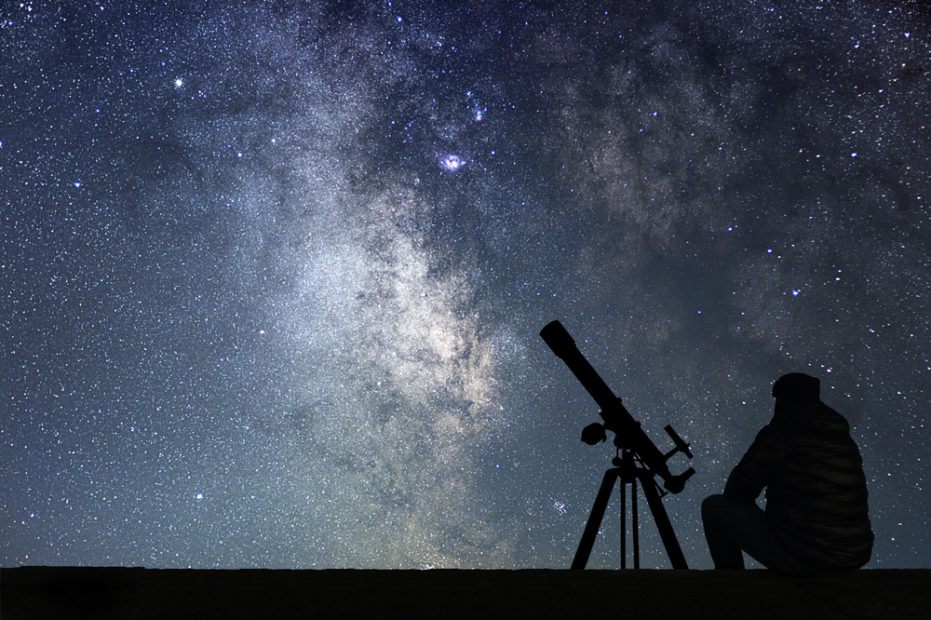Global warming appears to have a negative impact on the space observatories situated all around the globe. Climate change has affected our view of the cosmos as all that we get will be of low quality and mostly obscured.
Global warming affects not only our lives on Earth, but also those in space. Ground-based telescopes used for astronomical observations are really very sensitive to local atmospheric conditions.
This has been proven in a study published by a group of scientists at the University of Bern and the National Centre of Competence in Research (NCCR) PlanetS in the journal Astronomy & Astrophysics and presented at the European Planet Science Congress 2022 in Granada.
Even though telescopes usually have a lifetime of several decades, site selection processes only consider the atmospheric conditions over a short time frame. Usually over the past five years—too short to capture long-term trends, let alone future changes caused by global warming, “says Caroline Haslebacher, lead researcher at the NCCR PlanetS at the University of Bern, points out.
Shocking results are provided by the researchers as they analyze the future climate trends employing high-resolution global climate models.
According to the results, the major astronomical observatories in Hawaii, Chile, Mexico, Australia, and South Africa will be hit by an increase in temperature in the environment as well as in the atmospheric water content by the year 2050.

Hence, there would be a considerable lag in the observation and a major loss of quality records. One might even wonder how the scientists could possibly overlook such a crucial effect of global warming on the observatories.
However, this was not done unintentionally. For scientists in the past, studies and research to determine the effects of global warming were a distant dream.
It was the first time in decades that such a study was possible. A notable breakthrough was the invention of high-resolution global climate models, which were developed via the Horizon 2020 PRIMAVERA project.
With the help of new models, scientists were able to determine the conditions of the observatories at various locations across the globe with much more accuracy.
“This now allows us to say with certainty that anthropogenic climate change must be taken into account in the site selection for next-generation telescopes and in the construction and maintenance of astronomical facilities,” says Haslebacher.
Global warming and ground-based observatories
The main tool used for space observation is a telescope. Locations for telescopes are thus chosen carefully. The atmospheric clarity above the site influences the quality of the observations made on the ground. When these observatories were built in the past, the team had only looked for short-term analyses of the atmosphere.
Ever since they realized that global warming is the main challenge, they have started to look for long-term commitments.
Usually, the telescopes are placed above sea level because there is less atmosphere between them and space. The locations will be mostly in deserts, areas of high altitude, or even remote places. The reason behind selecting such places is that there will be no clouds or water vapor, resulting in clear skies.
The discovery that global warming and climate change wreak havoc on the observatories was a surprise not only to the scientists but to all other science freaks and climate enthusiasts as well.
The usual threats include light pollution, satellite trains, radio interference, and encroaching on civilization. Global warming will be a new addition to the list.
The effects of global warming can already be seen in the drastically changing living conditions of millions of people around the world. Unpredictable weather and a dramatic shift in the geographical condition of a particular area all point to climate change and the big dent it is making. Without a doubt, the same changes can be seen in astronomy and the locations where astronomers work.
Read More: How Climatic Changes are affecting the Global Food Supply Chain?













